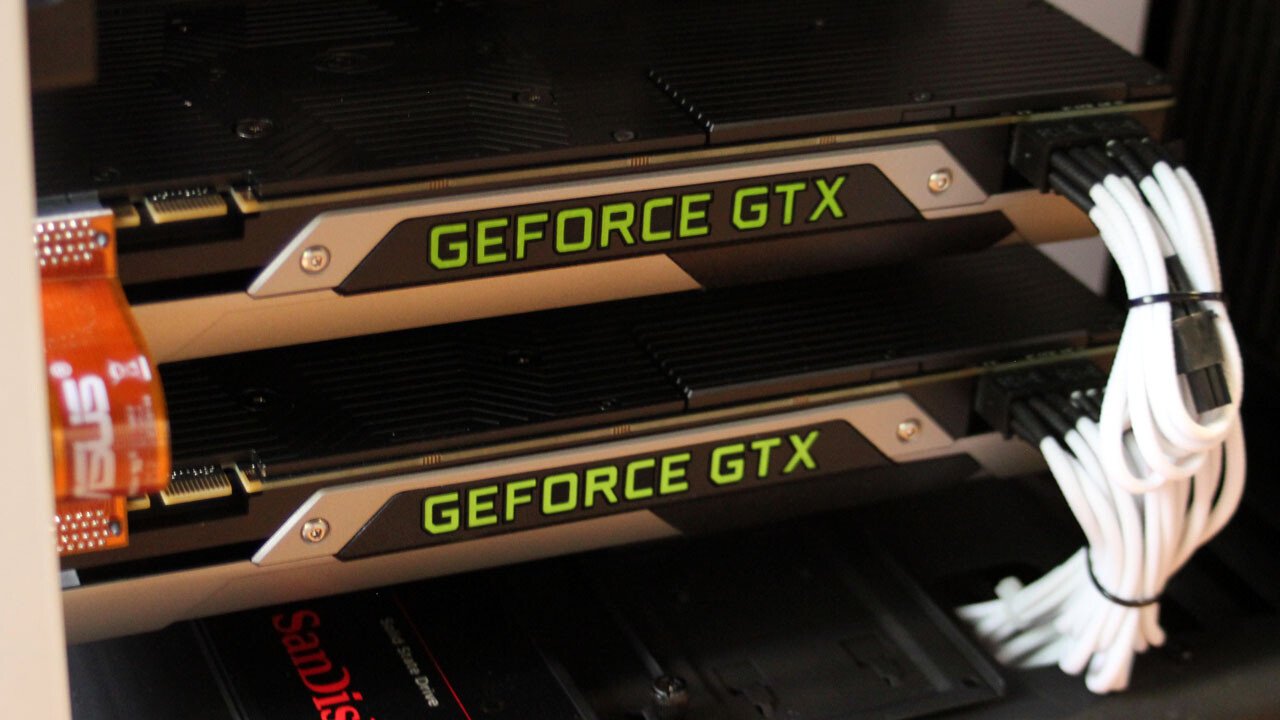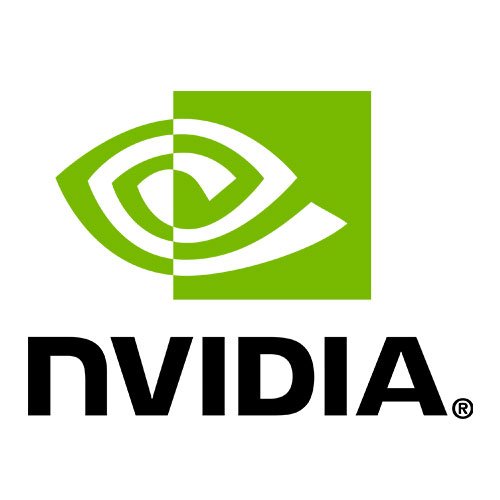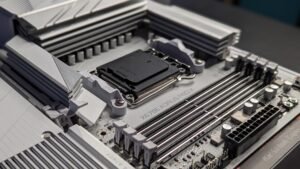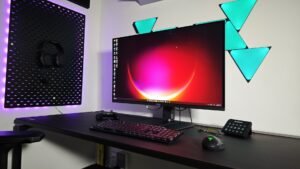As usual with PCs, every year games come out that demand more from the hardware so the companies are only too happy to oblige with new components for PC enthusiasts to buy. 2014 is no different, and as we come to the year’s close, NVIDIA puts out a new crop of graphics cards of which the GTX 980 firmly belongs on the high end of the spectrum. This is the graphics card that will do everything you’d expect of nice, shiny new hardware prepping itself for another year of punishingly demand games. It just won’t do much beyond that.
The Incremental Improvement
Graphics card manufacturers have been splitting their resources a lot in these past years. The prominence of the desktop PC has eroded a LOT, with more of an emphasis being put on phones, tablet and other mobile devices. Even game consoles have become more important as both Sony and Microsoft gave up on producing their own in-house graphics processing units and have gone to AMD for the graphical needs, leaving NVIDIA out in the cold. NVIDIA, of course, is doing just fine even without powering the latest console generation as their Tegra line of chips has been working hard conquering the mobile space, which is the most rapidly growing market in computing devices these days anyway.
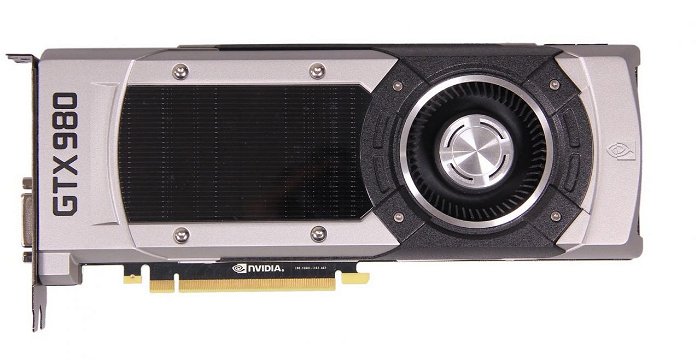

So where does that leave graphics cards? Not in the same position of prominence they once enjoyed, benefitting from Moore’s law of roughly doubling in computational power with every new generation. Thanks the de-emphasis on the desktop PC as the king of computing, less focus has been given to these monsters and as a result, graphics cards do improve every year, but they haven’t doubled in performance power in a while. The latest GTX 980 card is no exception to this new state of affairs.
Now, that’s not to say that it’s a bad card. In fact, by current market standards it’s still the GPU that PC hot-rod enthusiasts will buy without hesitation and stick in their machines. It’s just that the improvements to PC graphical performance will be far from a straight up 100% increase in all areas. Even with new CPUs that can take advantage of multiple GPUs, the processing ability doesn’t suddenly double up. So what are users getting when they shell out $550 for a new GTX 980? The two key features are a bit more power and better efficiency.
The 980 brings its own brand of super-sampling to the table, dubbed Dynamic Super Resolution with Multi-Frame Sampled Anti-Aliasing. Basically, it renders an image at 4K resolutions, then downsamples it to present it on standard 1080p monitors to give normal users a taste of what 4K graphics look like without having an expensive 4K display. This is all thanks to the new Maxwell architecture in the 980 that is replacing the old Kepler based NIVIDIA cards that have been on the scene for a few years now.
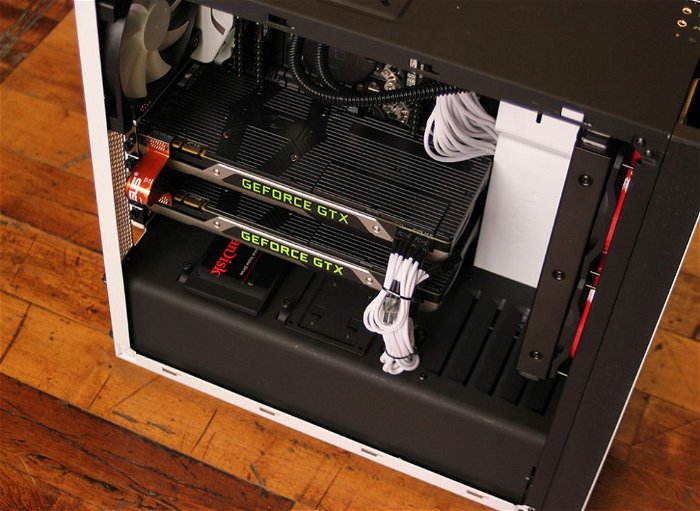
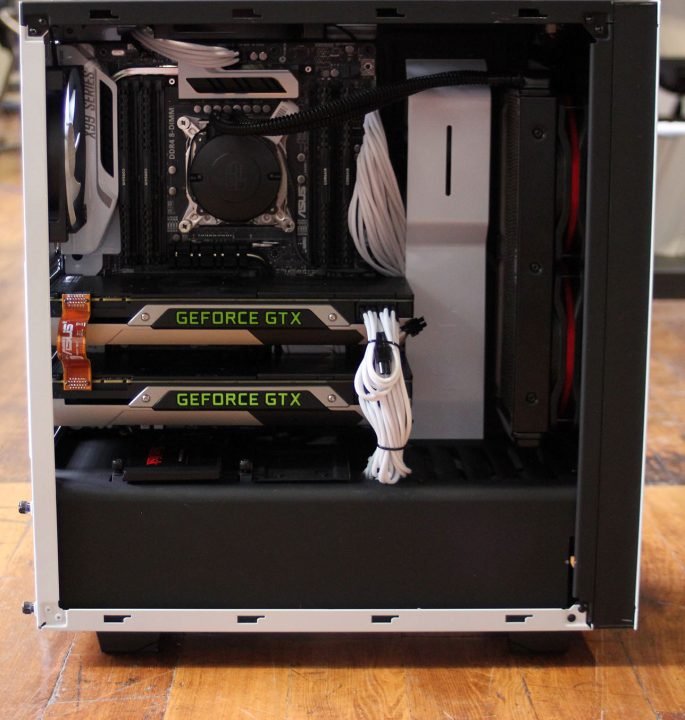
In rough performance terms, this means the 980 is about 40% more powerful per core than the older, comparable graphics cards, but it also uses less power; 165W compared to the 230W of predecessors like the GTX 770 and 780. This translates into a card that’s ready to rock and roll with anything you can throw at it in today’s gaming library. Old resource hogs like The Witcher 2 took only inconsequential, marginal dips below 60 frames per second, with everything on “ultra” settings, including enabling super-sampling. The same held true for even the more modern, resource intensive games such as Metro: Last Light, where the ultra settings equivalent, or “Very High” settings held steady at 60 fps, with only the slightest, briefest dips even in tessellation/physics heavy areas like the opening swamp level. The GTX 980 is a graphics card that can handle any modern game you throw at it, and it will be interesting to see how near future releases such as Grand Theft Auto V and Assassin’s Creed Unity will take to this card’s robustness. Then, of course, there’s virtual reality, which is one of the few areas where having two GTX 980s—or even four—all strapped into a new CPU begins to make more sense, as high framerates and low latency are absolutely critical to preventing nausea.
At about $550, the GTX 980 already costs more than a console, and, combined with the expense of the other components needed to run it at peak performance, like a powerful CPU and plenty of RAM, it’s not the cheapest choice on the market. But for people that are looking for the next generation of graphics cards, it’s the only choice, and for that kind of PC gamer, price was never an object to begin with. The GTX 980 is a powerful card that really does improve on its predecessors, and but it’s a high end component, that will probably be beyond the budget of many PC gamers. Still, it’s nice to know it’s out there…
